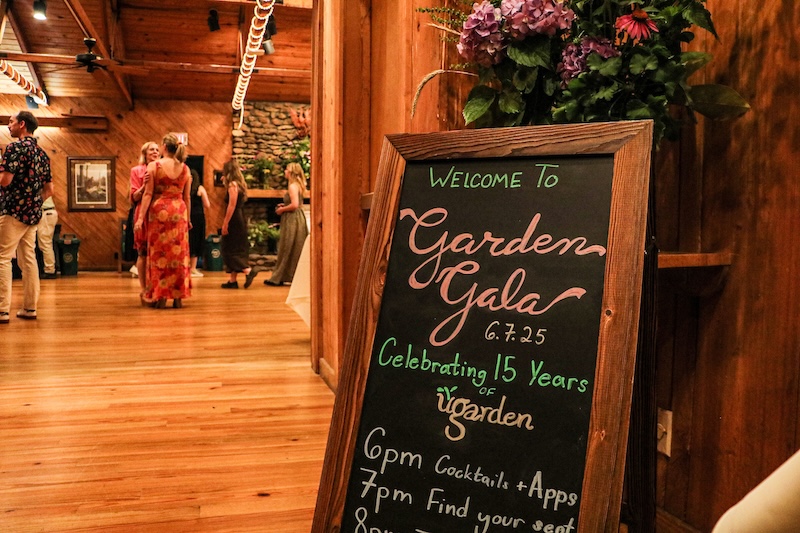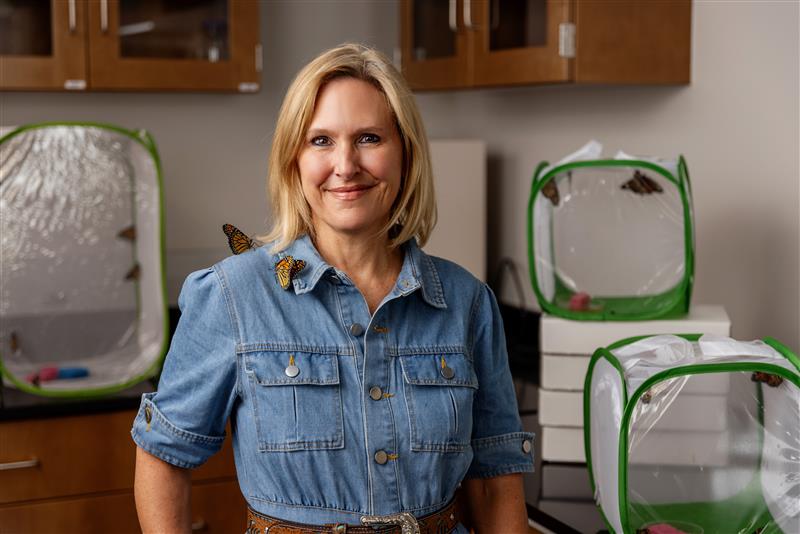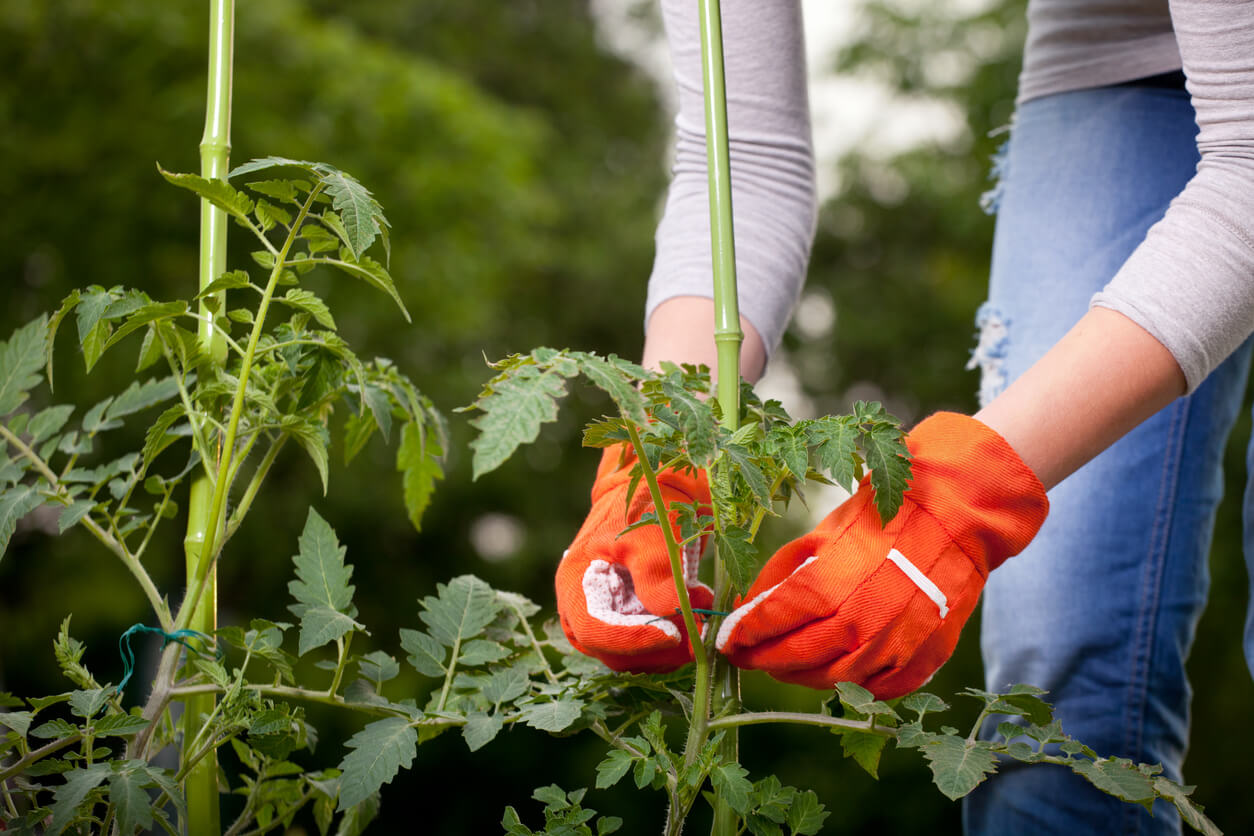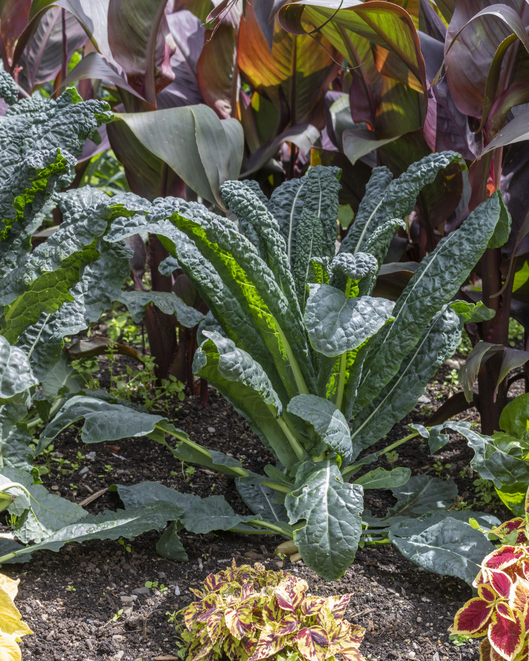By Brad Haire
University of Georgia
Really.
Some University of Georgia folks want to know.
They've designed a way, too, for you to help give them a better idea where these and other exotic invasive plants are in the Southeast.
"The current data on invasive plant species distribution in the Southeast is very incomplete," said Chris Evans, an invasive species specialist with the University of Georgia Bugwood Network.
Bugwood is a Web-based system used to collect, promote and distribute educational materials in entomology, forestry and natural resources.
The folks there and in the Southeast Exotic Pest Plant Council collaborated to build the Web-based mapping system to get a clearer picture of just how much of the Southeast has been invaded. You can help them do it at www.se-eppc.org.
Anyone can view current sightings of dozens of exotic invasive plants (some hostile, some not) on maps at the Web page. The site covers Georgia and eight other Southeastern states.
If you want to help, you can register and learn how to identify an invasive plant, snap its picture and submit its location. The site uses Google Map to make it easy if you don't have a Global Positioning System.
The project began in May 2006. About 60 scouts are now registered to the site, Evans said. Each submission is reviewed. If it seems odd, an investigator will look into it.
"We want to heighten awareness about invasive species and collect the data that can be valuable to land managers, researchers and policy makers," Evans said. "It can also allow for a quicker response to a new invasive species."
Like other states, Georgia is home to hundreds of exotic plant species. Most of these are brought into the state on purpose to add panache or color to gardens and landscapes. "The vast majority of exotic species never become problems," he said.
But a handful can escape the yard and turn bothersome or deadly to native species in the wild. Commonly found invasive species are wisteria, privet, kudzu and mimosa.
Some potential troublemakers to look out for in Georgia, Evans said, are the clump-forming cogongrass, the climbing vine Oriental bittersweet and the giant Salvinia, an aquatic fern.
A half-dozen training sessions for the map project have been offered in North Carolina, Alabama and Tennessee. The next session will be during the 9th Annual Southeast Exotic Pest Plant Council Symposium March 20-22 in Athens, Ga.
The Bugwood Network is a cooperative effort of the College of Agricultural and Environmental Sciences and the Warnell School of Forestry and Natural Resources at UGA.






